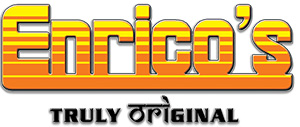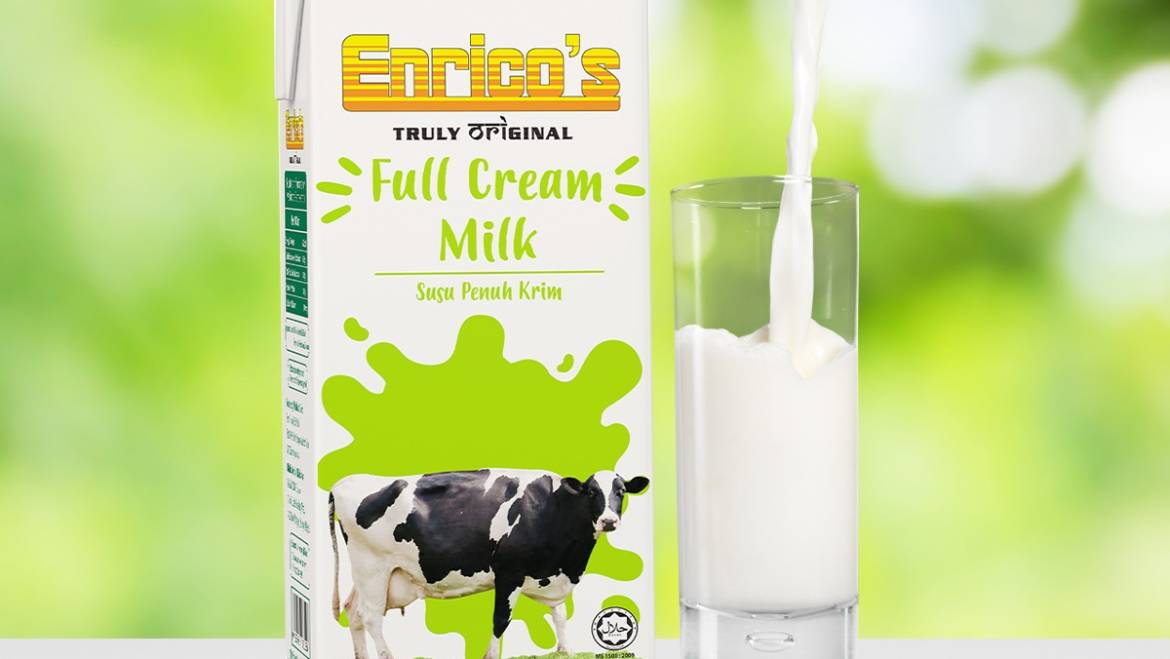The origins of the Ultra High Temperature (UHT) milk can be traced back to the late 19th century. The idea stemmed from the need of preserving milk without needing refrigeration. Several key elements and events led to the development process of the UHT milk we know today.
5 key elements that led to the development of UHT Milk are as follows:
- The Discover of Pasteurization. The process was named after French scientist Louis Pasteur. This process was developed in the late 19th century. This process heats the milk to a specific temperature (above 135 degree Celsius) for a few minutes. This sterilizes the milk. This method enabled the bacteria in the milk to be killed. This extended the shelf life of the milk.
- The Discovery of UHT Treatment. The concepts of Ultra High Temperature treatment also known as sterilization was introduced in the late 19th Century. Initially, the UHT treatments involved heating the milk to high temperatures above 135 degree Celsius for a few minutes to sterilize it. This enabled the milk to be preserved for long periods at a time.
- Technological Advancements. The devolvement of state-of-the art technologies such as indirect heating methods and improvements in packaging materials paved the way for a more efficient break through process in the development of UHT milk. This advancements in technologies enabled the milk to be heated to ultra high temperatures for very short periods of time before being rapidly cooled and packaged in aseptic containers, thus minimizing the undesirable effects on taste and texture.
- Commercialization and market Demand. UHT milk became a viable product commercially in the mid-20th century. This was driven by consumer demands for convenient and shelf-stable milk products. Companies such as Tetra Pak played an important in the development process of UHT milk technology and aseptic packaging systems, making it possible to produce and distribute UHT milk on a large scale.
- Global Expansion. The popularity of UHT milk grew rapidly in the later half of the 20th century, particularly in regions with limited access to refrigeration or unreliable cold chain infrastructures. UHT milk became a staple in many households, schools, hospitals and other institutions worldwide due to their convenient and long lasting nature.
In conclusion, the origins of UHT milk is a result of a combination of scientific discoveries, technological advancements and market demand for convenient and shelf stable dairy products. Since the inception of UHT milk, it has become a iniquitous beverage consumed by millions of people globally, which contributes to greater food security and accessibility.


Add Comment